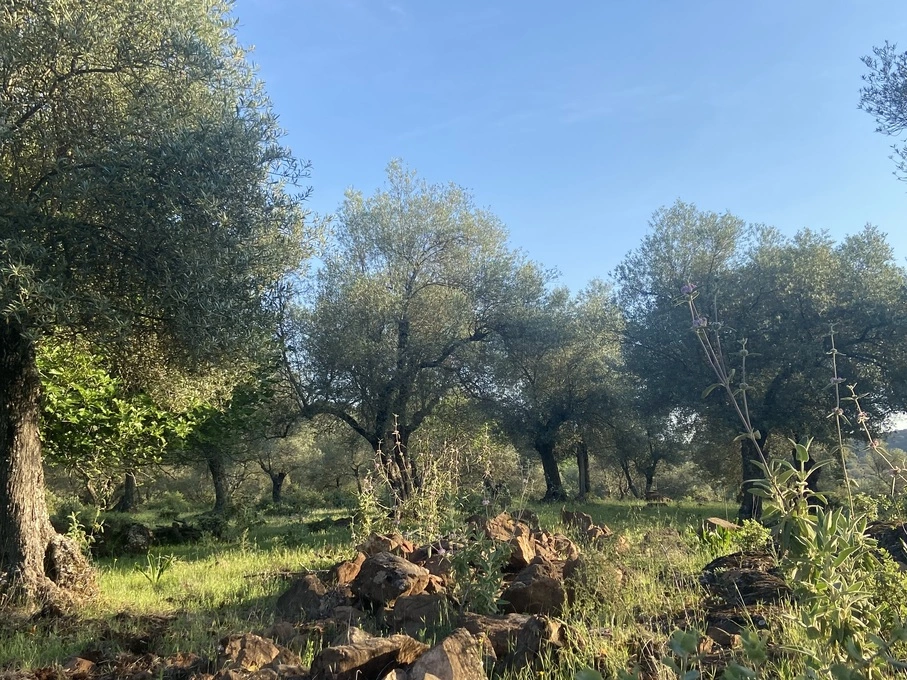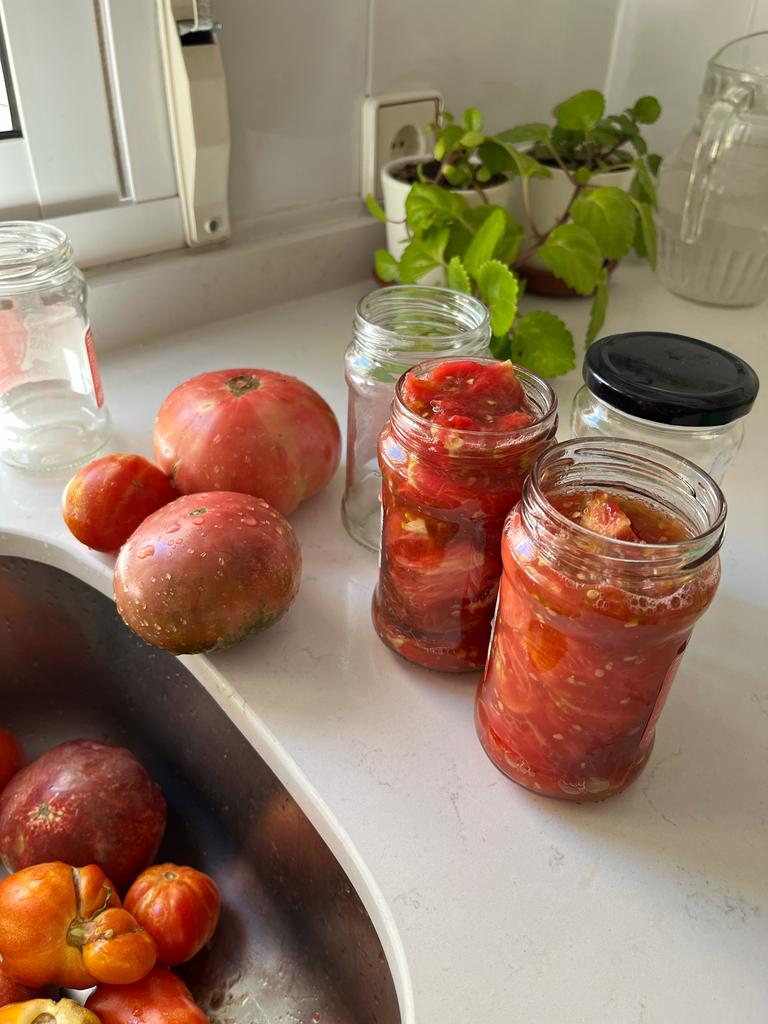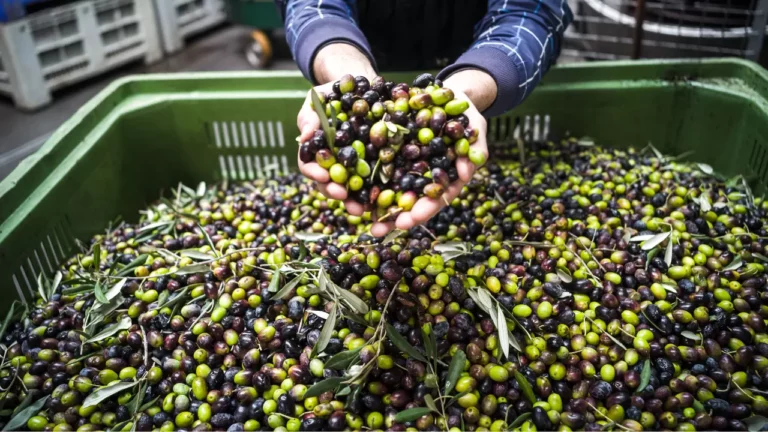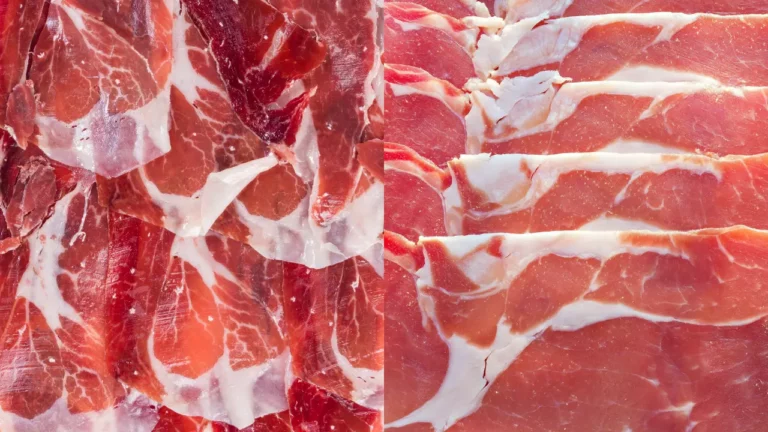From the rolling hills of Andalusia to the cliffs of Catalonia, Spanish olive oil is renowned for its distinctive taste and aroma. But what makes it so special? This article will unlock the secrets of Spanish olive oil: from its cultivation to the production process which gives it its unique flavour, and the many health benefits that make it a popular choice for health-conscious consumers. Discover the real story behind this golden liquid – from tree to table – and find out why it’s become an essential ingredient in kitchens around the world.
Table of Contents
Overview of Spanish Olive Oil
Spanish olive oil has long been a celebrated delicacy, with its distinct flavor and high quality that is renowned around the world. Its origin goes back to traditional production methods of this Mediterranean country, where olives have been grown for centuries and carefully tended to in order to produce an exquisite product. Olives are selected from specific regions of Spain to ensure that only the best possible ingredients are used in creating this oil. The government also monitors and regulates the production process of Spanish olive oil, which results in a superior product that meets very strict standards of excellence.
The unique combination of varietal olives, optimal soils, and climate all contribute to the flavor, aroma, and quality of Spanish olive oil. The olives used in production are specifically chosen for their depth of flavor, color, and aroma; depending on their maturity level, they can range from light and mild to bold and robust. They are then carefully tended to during cultivation and harvested at the perfect time so as not to damage the delicate olives. Once harvested, the olives are cold-pressed to extract the oil before undergoing a series of tests that determine its quality before being approved for sale by the designated board.
As a result of these production techniques, Spanish olive oil has become one of the most sought-after delicacies in the world. Not only does it boast an exquisite flavor profile but it also boasts numerous health benefits due to its high monounsaturated fat content and antioxidants. Its popularity is only increasing as more people learn about its unique production process and taste.

Cultivation of Olives
Spanish olive oil is made from the olives that are cultivated in the Mediterranean region, and its production process begins with the cultivation of these olives, from growth to harvest. Olives thrive in the warm temperatures and sunny climate of the Mediterranean, making it an ideal region to cultivate them. The timing of when olives are harvested is essential for achieving their characteristic flavor – too early and they will lack flavor, while too late and they will become bitter. Olives must be picked by hand in order to distinguish between ripe, unripe and overripe fruit. Careful selection of olives is also required for ensuring their quality and taste; only firm, healthy-looking fruits can be used for making olive oil.
In order to achieve this goal, traditional practices such as pruning, weeding, and irrigation are employed to produce the best quality olives possible. Pruning helps control the size of olive trees, which encourages more efficient fruit production and higher yields. Weeding is important for removing unwanted plants that may compete with the tree for nutrients and water. And irrigation is essential for providing enough water to ensure that the olives reach full maturity. These methods not only increase the yield but also ensure that the olives have a pleasant flavor and texture. The growers must pay close attention to every step of the cultivation process in order to create high-quality Spanish olive oil.
Extraction of Oil
The extraction of Spanish olive oil is a complex process that requires the use of specialized equipment. Depending on the harvesting method – either by hand or mechanically – the olives are taken to a mill where they are either pressed or crushed in order to release the oil. It’s important to take into account several factors when extracting oil, such as the type and ripeness of olives used, in addition to temperature control during extraction, as this can affect both yield and flavor.
To obtain pure olive oil suitable for human consumption, it must be separated from other components of the olives such as water, pulp and sediment through a centrifugal action in a separator tank. Following this step, filters are used to remove any remaining impurities before it is packaged for sale.
It’s clear why Spanish olive oil has become so popular around the world. Not only does it have a unique flavor that comes from carefully selecting the right variety of olives and maintaining the ideal temperature levels and other conditions during production, but its quality control throughout each step from harvesting to packaging ensures that customers get an authentic taste experience every time. Furthermore, its numerous health benefits make it a healthy and delicious cooking ingredient that can be enjoyed by everyone.
Secrets of Unique Flavor
The distinct flavor of Spanish olive oil is a result of the combination of two factors: the varieties of olives used and the production process.
When it comes to the olives, there are several varieties grown in Spain that each give their own unique flavor to the oil. Some of these include the Picual, Hojiblanca and Arbequina olives. Each variety has its own characteristics which bring a different taste profile to the oil. For example, Picual olives are known for having a fruity-nutty aroma, while Arbequina olives have a more delicate flavor.
The production process also plays an important role in the flavor of Spanish olive oil. The olives are harvested at the perfect time and then cold-pressed within 24 hours to maintain freshness and flavor. Additionally, no chemical solvents or other additives are used in the extraction process which further enhances the flavor.
Finally, the oil is carefully filtered and bottled to ensure quality and taste. All of these steps combined result in a distinctive, flavorful Spanish olive oil that is sought after by many people around the world.
Varieties of Olives
As olives are the key ingredient in Spanish olive oil, understanding the varieties used is essential to understanding the flavor of the oil. The variety of olives used and their ratio determine the distinctive characteristics of each oil. Generally, Spanish olive oil is made using a blend of different varieties, such as Picual, Hojiblanca and Arbequina. Picual is the most widely grown olive variety in Spain, making up almost 70% of Spanish olive production. It has an intensely fruity aroma and robust flavor profile. Hojiblanca olives are smaller and have a milder flavor than the Picual variety, while Arbequina has more subtle notes and a slightly sweet taste.
The Spanish climate and soil conditions are also ideal for growing olives, resulting in olives that are higher in polyphenols which give the oil its distinctive aroma and taste. For example, oils from Extremadura contain high levels of polyphenols that helps give it a unique combination of bitterness, pungency and sweetness to its flavor. In addition, each region in Spain produces different types of oil with varying aromas, tastes, and textures depending on the types of olives used. At the end of the day, it is this variety that gives Spanish olive oil its distinct flavor.
Production Process
The production process of Spanish olive oil is a delicate affair, requiring a series of well-executed steps in order to create a flavor and health profile that make it so sought after. Firstly, the olives are manually sorted and selected to ensure only the finest fruit is used for pressing. This is done to guarantee an optimal extraction and ensure a high quality product. Once the sorting has been completed, the olives are then washed and ground into a paste with a milling machine. This paste is then placed into a hydraulic press to slowly release the oil from the pulp. Temperature control during this stage is essential as too much heat can destroy the unique flavor of Spanish olive oil.
Once the oil has been extracted from the pulp, it is filtered to remove any remaining bits of pulp and other particles before being stored until it’s ready for bottling. The quality of the final product depends heavily on the temperature throughout this process and so extra care must be taken in order to preserve its distinct flavor profile. Finally, once all these stages have been completed, the bottles are labeled and packaged for sale to consumers looking to enjoy a taste of Spain’s Mediterranean cuisine.
In conclusion, the production process behind Spanish olive oil requires precision at every step in order to deliver an exceptional product that captures its distinctive flavor and health benefits. From manual sorting and washing of olives, to temperature control during extraction, each step plays an integral role in producing an enjoyable product that consumers around world will relish.
Health Benefits of Spanish Olive Oil
Spanish olive oil has long been treasured for its many health benefits. It is packed with essential vitamins, minerals, and antioxidants that can help protect against numerous diseases. Olive oil is especially high in monounsaturated fatty acids, which are known to reduce inflammation and improve heart health. Research has also linked the consumption of olive oil to a reduced risk of certain cancers and even Alzheimer’s disease.
In addition to its anti-inflammatory properties, Spanish olive oil contains powerful polyphenols that have antioxidant effects. These polyphenols may help protect against oxidative damage caused by free radicals and boost the immune system. The polyphenols in olive oil are also believed to improve brain function and protect against age-related cognitive decline. Furthermore, olive oil is an excellent source of oleic acid, a healthy monounsaturated fat that helps maintain cholesterol levels.
For those looking to lose weight, Spanish olive oil is an ideal choice. It provides dietary fat without compromising satiety or adding unnecessary calories. Studies show that consuming two tablespoons of extra virgin olive oil a day can lead to significant weight loss over time. Additionally, this delicious oil may also increase feelings of fullness and reduce cravings.
Finally, Spanish olive oil is high in vitamins E and K and contains small amounts of other nutrients like copper, zinc, magnesium, potassium, and calcium. This makes it a valuable addition to any diet as these nutrients are vital for maintaining overall health. In short, there are countless health benefits associated with consuming Spanish olive oil on a regular basis.
Popularity of Spanish Olive Oil
Spanish olive oil has become increasingly popular around the world in recent years. This is due to its distinctive flavor, health benefits, and availability.
With regards to flavor, the unique taste of Spanish olive oil is achieved by utilizing a blend of different varieties of olives as well as an artisanal production process. The variety of olives used to make this oil can range from sweet to fruity and bitter, which gives it complexity and depth that is unmatched by other types of olive oils. Additionally, the production process has been perfected over centuries, resulting in a product that is consistently high quality.
In terms of health benefits, there are several positive aspects associated with consuming this type of oil. It is lower in saturated fats than other vegetable oils, and it contains beneficial fatty acids such as oleic acid and linoleic acid. These can help reduce inflammation and cholesterol levels, making it a healthier choice for those looking to reduce their risk of developing heart disease or other related conditions.
Finally, Spanish olive oil is widely available, so it can be easily purchased for cooking and baking at home. It is also much less expensive than other types of extra virgin olive oil, making it an affordable option for those on a budget.
Overall, the popularity of Spanish olive oil can be attributed to its distinctive flavor, health benefits, and availability. As more people become aware of these factors, they are likely to continue embracing this delightful product in their recipes and meals.
Spanish olive oil is a culinary staple for many, thanks to its unique flavor and health benefits. From the cultivation of the olives to the extraction process and the different varieties used, Spanish olive oil is a product of care and expertise. Its distinct flavor and unmatched health benefits, including being rich in antioxidants, have made it a favorite around the world.














